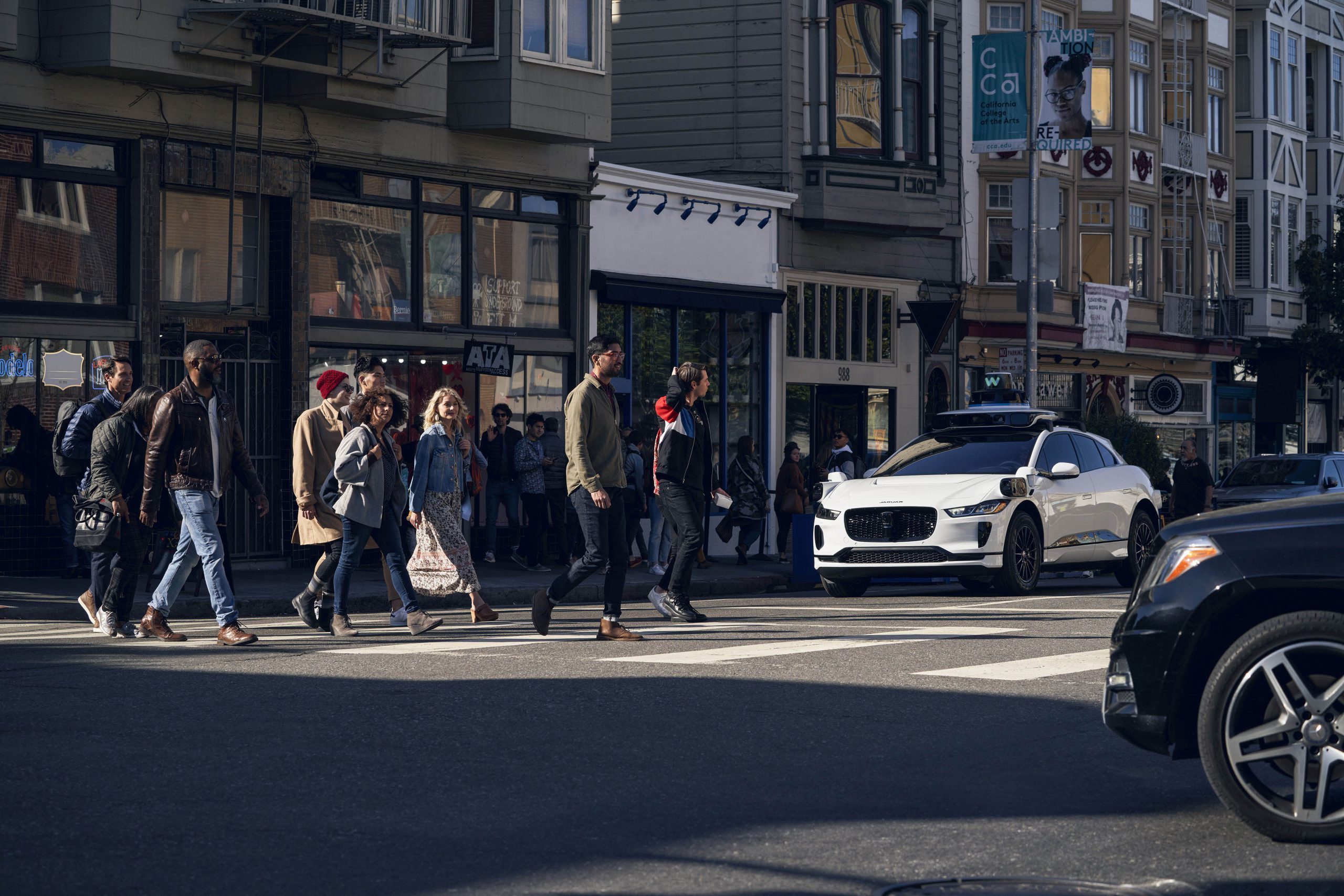Driverless ride-hailing is rapidly increasing in San Francisco, California, and recent data shows that it has continued to grow even after an incident involving a passenger with General Motors (GM) subsidiary Cruise.
Cruise and Alphabet-owned Waymo were the only two companies approved to test driverless ride-hailing operations in the city throughout much of last year. In a recent report, the San Francisco Chronicle compiled quarterly data from the California Public Utilities Commission (CPUC), showing that Waymo nearly reached one million driverless miles driven between September and November—while Cruise lost its permit to operate driverless tests following an accident in October.
During the first quarter of 2023, however, only 26,000 driverless miles were driven by the companies combined, illustrating how rapidly the services grew in the city throughout last year.
You can see the Waymo and Cruise data as compiled by San Francisco Chronicle’s Sriharsha Devulapallo below.


Credit: San Francisco Chronicle
Currently, companies don’t have to report the specific number of driverless vehicles they’re operating to state regulators, so it’s unclear exactly how many vehicles Waymo has on San Francisco roads. Waymo and Cruise were approved to begin operating paid robotaxi trips 24 hours a day in August, though Cruise was required to reduce its fleet by 50 percent by the Department of Motor Vehicles in the same month, due to “concerning incidents.”
On October 2, a Cruise robotaxi hit and dragged a pedestrian who had been hit by a human driver, shortly thereafter losing its permit to operate driverless vehicles and facing investigations at both the state and federal levels. The company has since lost two co-founders (including the CEO) and several executives, laid off almost a quarter of its staff, halted production of a self-driving van, and hired legal and tech firms to help review its post-accident response.
The data also comes after Waymo expanded its Phoenix robotaxi services to include highway driving this week, and after the company logged around 81,100 paid, driverless trips in November alone.
“We are steadily working through our waitlist in San Francisco and believe there is still strong demand for the unique service we offer,” said Chris Bonelli, a Waymo spokesperson, in an email. “And when we have capacity to fully open our service — similar to Phoenix — we will be able to welcome additional residents, occasional visitors and tourists.”
While Tesla’s Full Self-Driving (FSD) beta has been talked about as a pathway to a robotaxi service in the future, the company’s testing of the system operates a little differently than Waymo’s. All of Tesla’s vehicles can be equipped with the FSD beta as an add-on for buyers, and testing simply occurs when the system is activated in driver vehicles
In October, Tesla’s FSD beta reached 500 million cumulative miles driven, after having reached 150 million in April. At this point, the system doesn’t offer any driverless or ride-hailing operations, though it’s expected to be able to someday in the future.
Tesla Full Self-Driving presents billions in growth by 2030, firm says
What are your thoughts? Let me know at zach@teslarati.com, find me on X at @zacharyvisconti, or send your tips to us at tips@teslarati.com.

